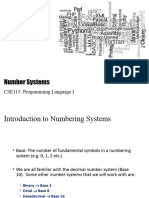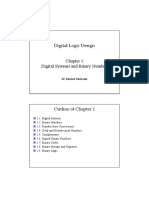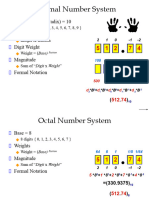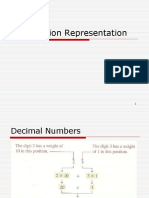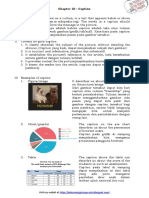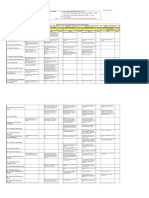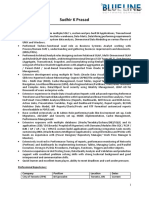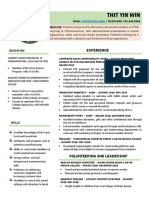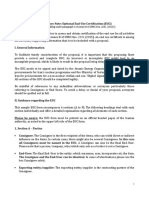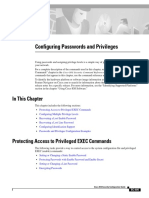0% found this document useful (0 votes)
15 views11 pagesIntroduction To Computer Application - Lecture 2
The document provides an introduction to numbering systems used in computing, detailing the decimal, binary, octal, and hexadecimal systems. It explains methods for converting between these systems and covers binary arithmetic, including addition and subtraction using 1's and 2's complement. Additionally, it discusses the representation of signed numbers and the advantages and disadvantages of different methods.
Uploaded by
Akash SCopyright
© © All Rights Reserved
We take content rights seriously. If you suspect this is your content, claim it here.
Available Formats
Download as PDF, TXT or read online on Scribd
0% found this document useful (0 votes)
15 views11 pagesIntroduction To Computer Application - Lecture 2
The document provides an introduction to numbering systems used in computing, detailing the decimal, binary, octal, and hexadecimal systems. It explains methods for converting between these systems and covers binary arithmetic, including addition and subtraction using 1's and 2's complement. Additionally, it discusses the representation of signed numbers and the advantages and disadvantages of different methods.
Uploaded by
Akash SCopyright
© © All Rights Reserved
We take content rights seriously. If you suspect this is your content, claim it here.
Available Formats
Download as PDF, TXT or read online on Scribd
/ 11
